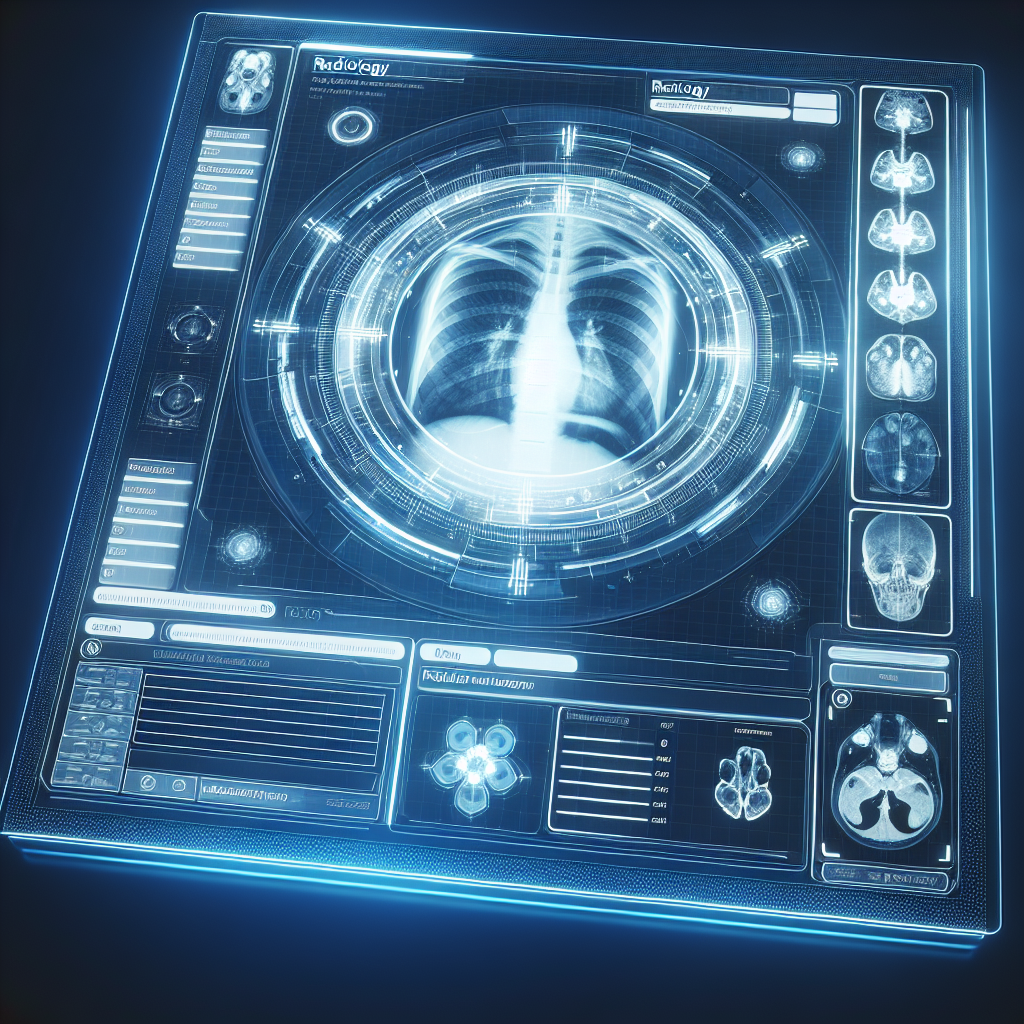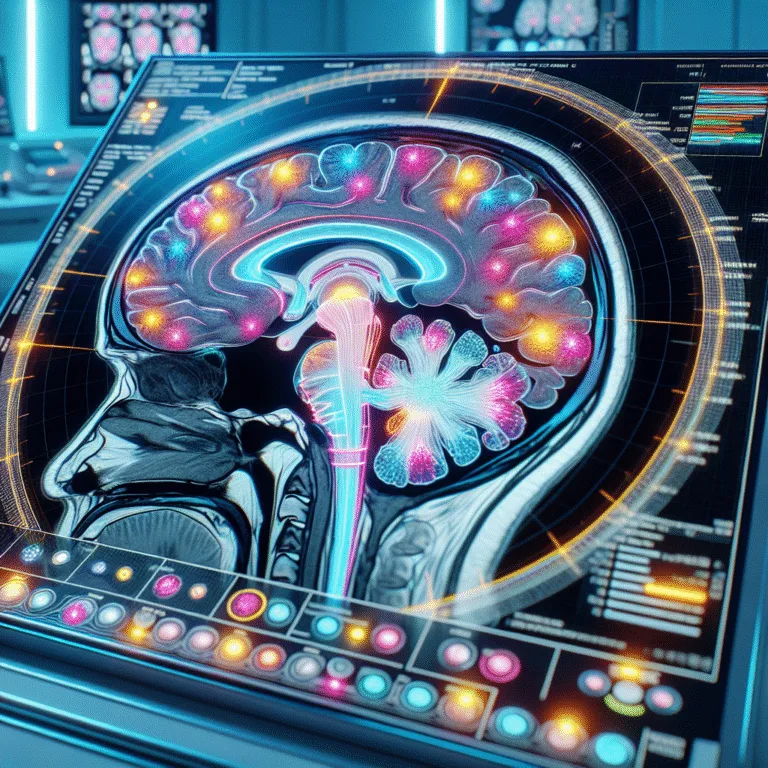Why Structured Radiology Reports Are the Future of Clear Clinical Communication
In the fast-evolving field of medical imaging, the necessity for precision and clarity is paramount. Traditional narrative, free-form reports have served their purpose, but they often lead to misinterpretations. The shift towards structured radiology reports promises to revolutionize clinical communication by offering structured data that is clear, concise, and standardized across various platforms. This article delves into the significance of structured radiology reports and how adopting this format enhances clinical communication and outcomes.
What Are Structured Radiology Reports?
Structured radiology reports are standardized templates that provide a consistent method for documenting radiological findings. Unlike narrative reports, which can vary significantly in structure and content, structured reports follow predefined formats. They often include sections for pertinent clinical details, findings, and conclusions, promoting uniformity and reducing variability.
The Challenges with Narrative Reporting
Narrative reports have been the mainstay in radiology for decades. However, these reports come with several drawbacks:
- Ambiguity and Misinterpretation: Free-form reports can be ambiguous, leading to differing interpretations among clinicians and potential treatment delays or errors.
- Time-Consuming: Radiologists often spend considerable time dictating and editing free-form reports, which can impact productivity.
- Lack of Standardization: Narrative reports often lack consistency, making it challenging to compare findings across multiple exams or institutions.
The Advantages of Structured Radiology Reports
Improved Clarity and Communication
By design, structured reports eliminate the inconsistencies found in narrative reports. They enable radiologists to convey findings succinctly, thereby reducing the risk of misinterpretation by referring physicians. This clear communication is crucial for delivering effective patient care.
Enhanced Productivity
Structured reporting streamlines the data entry process. With predefined templates, radiologists can quickly fill out necessary sections, spending less time on report creation. This efficiency can significantly boost departmental productivity.
Data Mining and Research Opportunities
The consistent format of structured reports facilitates data collection and analysis, offering valuable insights for research and quality improvement initiatives. With data that is easy to mine and analyze, structured reports become an excellent resource for large-scale studies and informatics research.
Integration with Advanced Technologies
With the rise of artificial intelligence (AI) and machine learning in radiology, structured reports serve as a valuable asset. AI algorithms require large amounts of standardized data to learn effectively. Structured reporting meets this need, creating a robust foundation for future innovations in diagnostic imaging.
Modern Tools for Adopting Structured Reports
The adoption of structured radiology reports has been greatly facilitated by the development of modern technologies and tools, such as Rad Report AI. These tools leverage voice recognition and AI-powered automation to streamline the report-writing process, making structured reporting more accessible and less burdensome for radiologists.
Rad Report AI uses advanced technology to simplify the transition from narrative to structured reports. With features like voice dictation and AI-assisted suggestions, radiologists can maintain high levels of accuracy and efficiency in their documentation.
The Future of Clinical Communication
The transition to structured radiology reports is more than a trend; it represents a paradigm shift towards optimal patient care and operational efficiency. By bridging the gap between radiologists and referring clinicians, structured reports play a crucial role in the future of medical communication. Institutions that adopt these reports will likely see improved clinical outcomes and higher satisfaction among both patients and healthcare providers.
While the journey from narrative to structure involves a learning curve, tools like Rad Report AI make this transition smoother and more efficient. Embracing structured radiology reports is a vital step towards enhancing the precision, clarity, and consistency of clinical communication in the healthcare industry.
For further insights into the benefits of structured reporting, you can visit resources such as the Radiological Society of North America or explore publications from the RSNA Journal.
🚀 Try Rad Report AI For Free — and experience faster, smarter reporting today.







